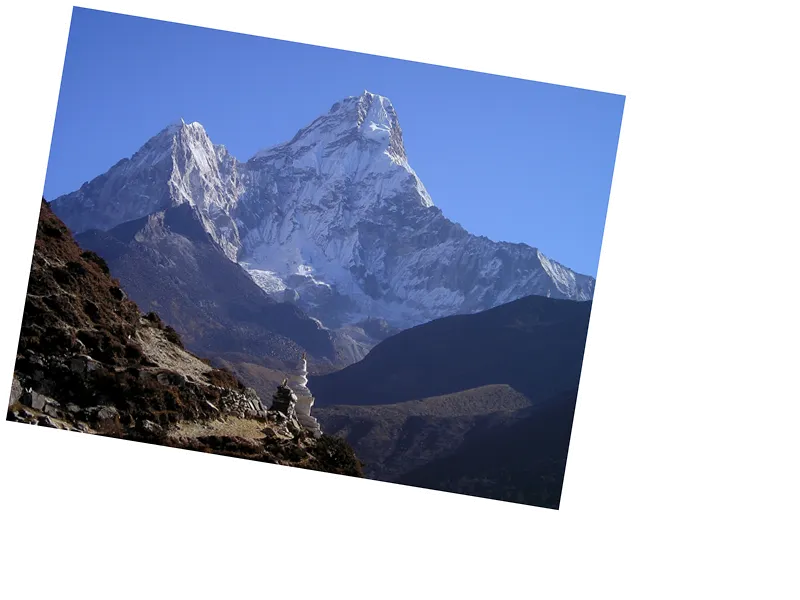Discovery of Andrew Irvine's Remains on Everest
The recent discovery of a human foot, hiking boot, and sock in the Longbuk Glacier on Mount Everest has reignited interest in the legendary mountaineer Andrew "Sandy" Irvine. Irvine, who disappeared in 1924 while attempting to reach the summit alongside George Mallory, is a central figure in one of mountaineering's greatest mysteries. The sock, labeled with Irvine's name, provides the first tangible evidence of his fate since he vanished nearly a century ago.
The Historical Context of the 1924 Expedition
On June 8, 1924, Irvine and Mallory were last seen approximately 250 meters from the summit of Everest. Their disappearance has led to decades of speculation regarding whether they successfully reached the peak before their deaths. Mallory's body was found in 1999, but Irvine's remains and the camera they carried—potentially containing evidence of their summit attempt—have eluded discovery until now. The recent find could significantly alter the narrative of Everest's climbing history, particularly if the camera is located.
Implications for Mountaineering and Irvine's Legacy
The implications of this discovery extend beyond historical curiosity; it offers closure to Irvine's family and the climbing community. Jimmy Chin, who led the National Geographic documentary team responsible for the find, expressed that this breakthrough narrows the search area for Irvine's remaining remains and the elusive camera. As DNA tests are planned to confirm the identity of the remains, the mountaineering world eagerly anticipates the potential rewriting of history surrounding the first ascent of Everest.





